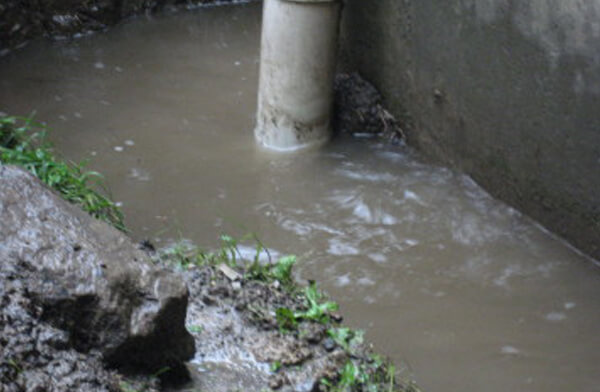6 Effective Tricks for Detecting Unseen Water Line Leaks
6 Effective Tricks for Detecting Unseen Water Line Leaks
Blog Article
Every person has their own unique piece of advice on the subject of Leaking water lines.

Early discovery of leaking water lines can alleviate a possible calamity. Aside from conserving you cash, it will certainly decrease the worry and disappointment. The minute you locate a leakage, calling your plumber for repairs is the very best option. Some little water leaks may not be noticeable. If you can not find it with your nude eyes, below are some hacks that assist.
1. Take A Look At the Water Meter
Every residence has a water meter. Inspecting it is a proven way that assists you uncover leakages. For starters, switch off all the water sources. Make sure nobody will certainly flush, use the faucet, shower, run the washing equipment or dishwasher. From there, go to the meter and also watch if it will certainly alter. Because no one is utilizing it, there must be no motions. That indicates a fast-moving leakage if it moves. If you spot no adjustments, wait an hour or 2 and inspect back once more. This implies you might have a slow leak that can even be underground.
2. Check Water Consumption
If you spot abrupt modifications, despite your intake being the same, it suggests that you have leaks in your plumbing system. A sudden spike in your expense indicates a fast-moving leakage.
A constant increase every month, even with the exact same behaviors, reveals you have a slow leak that's likewise slowly intensifying. Call a plumber to completely inspect your residential or commercial property, particularly if you feel a warm area on your floor with piping underneath.
3. Do a Food Coloring Test
When it comes to water usage, 30% comes from toilets. If the shade in some way infiltrates your dish throughout that time without flushing, there's a leakage in between the container and also dish.
4. Asses Outside Lines
Don't forget to examine your outside water lines too. Should water leak out of the link, you have a loosened rubber gasket. One small leakage can throw away heaps of water and also surge your water expense.
5. Examine the scenario and also inspect
Property owners must make it a practice to examine under the sink counters as well as also inside cupboards for any bad odor or mold and mildew development. These two red flags show a leak so timely attention is needed. Doing routine inspections, even bi-annually, can conserve you from a significant issue.
Inspect for stainings as well as damaging as most pipelines and also devices have a life span. If you think leaking water lines in your plumbing system, do not wait for it to rise.
Early detection of leaking water lines can mitigate a prospective calamity. Some tiny water leakages might not be visible. Examining it is a guaranteed way that aids you uncover leakages. One small leakage can throw away tons of water and spike your water expense.
If you presume leaking water lines in your plumbing system, do not wait for it to rise.
WARNING SIGNS OF WATER LEAKAGE BEHIND THE WALL
PERSISTENT MUSTY ODORS
As water slowly drips from a leaky pipe inside the wall, flooring and sheetrock stay damp and develop an odor similar to wet cardboard. It generates a musty smell that can help you find hidden leaks.
MOLD IN UNUSUAL AREAS
Mold usually grows in wet areas like kitchens, baths and laundry rooms. If you spot the stuff on walls or baseboards in other rooms of the house, it’s a good indicator of undetected water leaks.
STAINS THAT GROW
When mold thrives around a leaky pipe, it sometimes takes hold on the inside surface of the affected wall. A growing stain on otherwise clean sheetrock is often your sign of a hidden plumbing problem.
PEELING OR BUBBLING WALLPAPER / PAINT
This clue is easy to miss in rooms that don’t get much use. When you see wallpaper separating along seams or paint bubbling or flaking off the wall, blame sheetrock that stays wet because of an undetected leak.
BUCKLED CEILINGS AND STAINED FLOORS
If ceilings or floors in bathrooms, kitchens or laundry areas develop structural problems, don’t rule out constant damp inside the walls. Wet sheetrock can affect adjacent framing, flooring and ceilings.
https://www.servicemasterbyzaba.com/blog/how-to-detect-water-leakage-in-walls/

I hope you liked our topic on Hacks to detect leaks. Thank you so much for spending some time to read our blog post. Feel free to take the time to promote this blog entry if you enjoyed reading it. Thank you for your time spent reading it.
We're your answer! Report this page